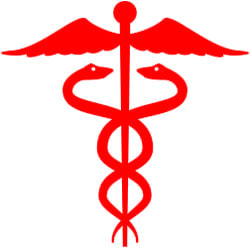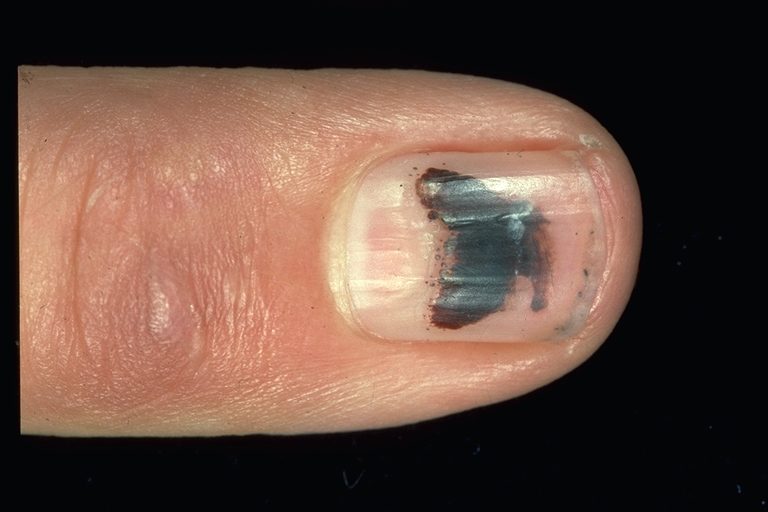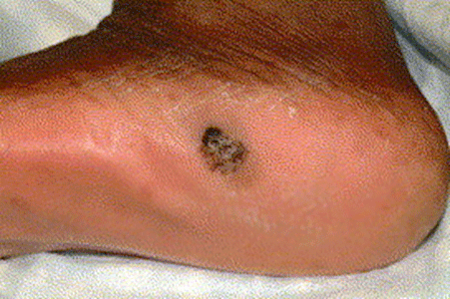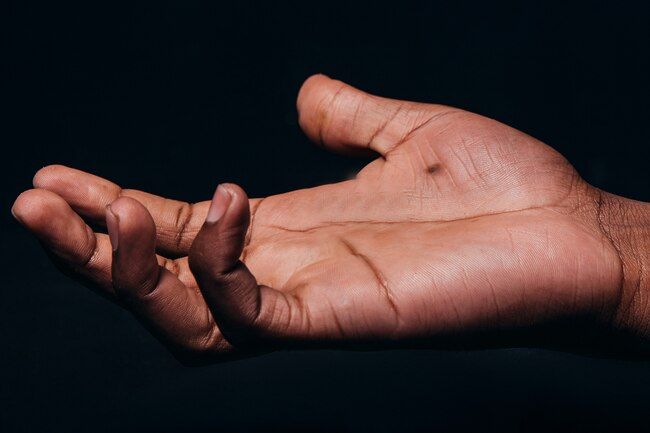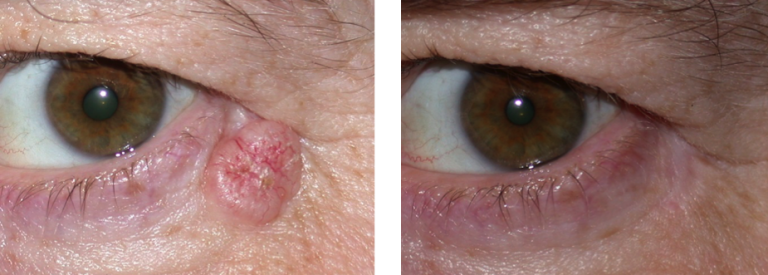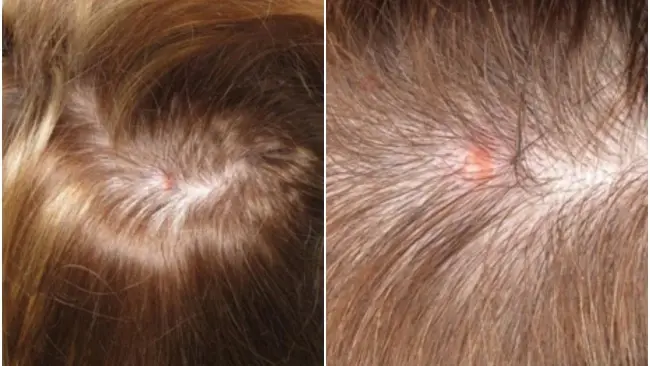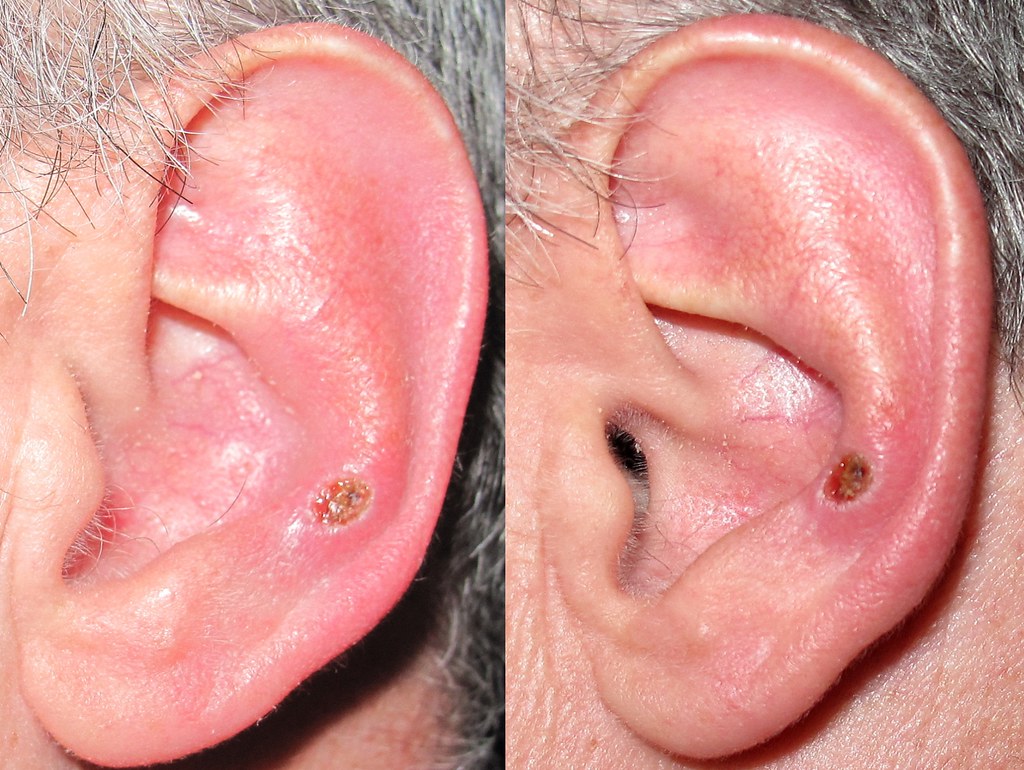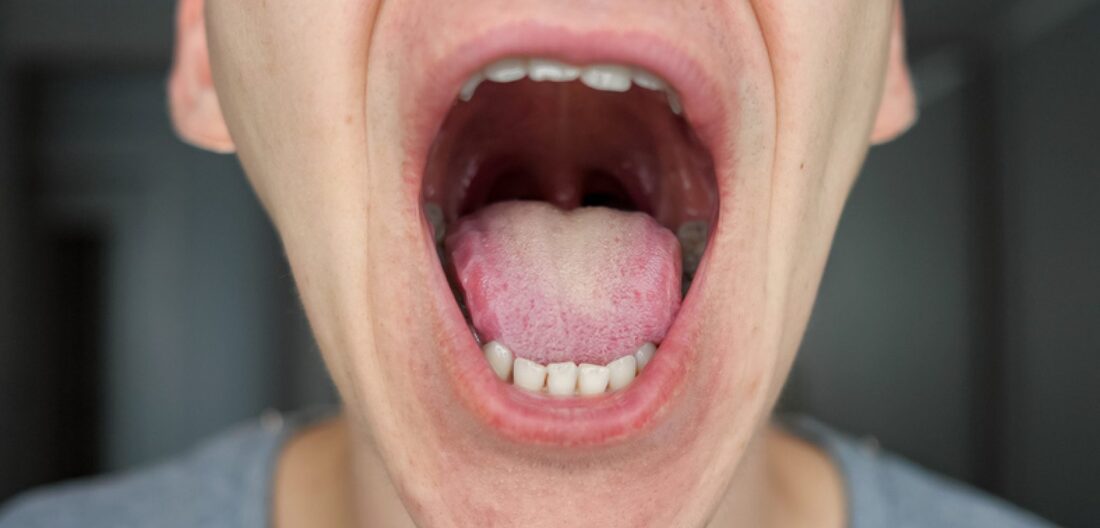Surprising Places You Can Get Skin Cancer
1. Under Your Fingernail.
This "subungual melanoma," might happen under under a toenail too. The thumb and big toe are the most common areas, but it's possible under any nail. It's not usually due to sun exposure, but past injuries could be the cause. If you notice a dark streak under the nail for apparent reason, see your dermatologist.
This "subungual melanoma," might happen under under a toenail too. The thumb and big toe are the most common areas, but it's possible under any nail. It's not usually due to sun exposure, but past injuries could be the cause. If you notice a dark streak under the nail for apparent reason, see your dermatologist.
2. Soles Of Feet
It's often the same types of cancer, acral lentiginous melanoma, that can form under your fingernails. Asian and African-Americans get it more often than any other melanoma. It typically starts as a flat dark patch that is clearly distinct from the skin around it, but may sometimes be orange or reddish in color. You're likely get surgery to remove the cancer and may follow up with radiation, chemotherapy, or biologic immunotherapy.
It's often the same types of cancer, acral lentiginous melanoma, that can form under your fingernails. Asian and African-Americans get it more often than any other melanoma. It typically starts as a flat dark patch that is clearly distinct from the skin around it, but may sometimes be orange or reddish in color. You're likely get surgery to remove the cancer and may follow up with radiation, chemotherapy, or biologic immunotherapy.
3. Palm Of Hands
If you have darker skin, melanoma is likely in body areas than don't get much sun, such as the palms of the hands and the soles of the feet. And acral lentiginous melanoma in particular far more likely in people with darker skin colors. Only 2% of cases happen in light-skinned people. It is often more serious than other melanomas, in part because don't often notice it until it is far along and harder to treat.
If you have darker skin, melanoma is likely in body areas than don't get much sun, such as the palms of the hands and the soles of the feet. And acral lentiginous melanoma in particular far more likely in people with darker skin colors. Only 2% of cases happen in light-skinned people. It is often more serious than other melanomas, in part because don't often notice it until it is far along and harder to treat.
4. Eyelid
Too much sun is often the cause of this type of skin cancer. You can get it surgically removed. and it is usually not that serious if treated early.The cancer starts often in the basal cells in the upper layer of the skin (epidermis). A more serious form starts in the squamous cells which are even closer to the surface of the skin. This type grows more quickly and spreads more easily to nearby tissues.
Too much sun is often the cause of this type of skin cancer. You can get it surgically removed. and it is usually not that serious if treated early.The cancer starts often in the basal cells in the upper layer of the skin (epidermis). A more serious form starts in the squamous cells which are even closer to the surface of the skin. This type grows more quickly and spreads more easily to nearby tissues.
5. Scalp
It's common to have growths or tumors on your scalp, but they're often not cancer. In fact, only 13% of skin cancers are on the scalp, usually the less serious, non-melanoma. Talk to a doctor if you have a sore on your head. If it's cancer it may be a small, smooth waxy lump, that may bleed or get crusty. But you need to see a doctor to find out.
It's common to have growths or tumors on your scalp, but they're often not cancer. In fact, only 13% of skin cancers are on the scalp, usually the less serious, non-melanoma. Talk to a doctor if you have a sore on your head. If it's cancer it may be a small, smooth waxy lump, that may bleed or get crusty. But you need to see a doctor to find out.
6. Ear
Left untreated skin cancer on the outside of the ear can spread to the inside of your ear. This include ear can that runs from the outer ear to the tiny bones in your middle ear to the hair-like nerves in your inner ear that sends signals to your brain, and temporal bone that encases it.
Left untreated skin cancer on the outside of the ear can spread to the inside of your ear. This include ear can that runs from the outer ear to the tiny bones in your middle ear to the hair-like nerves in your inner ear that sends signals to your brain, and temporal bone that encases it.
7. Tongue
You might notice flat, hard, white patches (leukoplakia) that you can't scrape off, or tingling, loss of feeling, or a lump or sore that won't go away. And it's much more likely if you use tobacco or drink a lot, and especially if you do both. Your doctor might take some cells from the suspicious area to look at it under a microscope. You usually get surgery to remove it.
You might notice flat, hard, white patches (leukoplakia) that you can't scrape off, or tingling, loss of feeling, or a lump or sore that won't go away. And it's much more likely if you use tobacco or drink a lot, and especially if you do both. Your doctor might take some cells from the suspicious area to look at it under a microscope. You usually get surgery to remove it.
8. Lip
Nonmelanoma cancers, often basal or squamous cell are the ones that typically affect your lips. Your lower lips is about 12 times more likely to get it that your upper lip, which doesn't get as much sun. Men also get cancer here more often than women, perhaps men tend to use alcohol and tobacco more. Your risk also rises if you have human papillomavirus (HPV) that can cause warts on your genitals, hands, or elsewhere.
Credit: WebMD
Nonmelanoma cancers, often basal or squamous cell are the ones that typically affect your lips. Your lower lips is about 12 times more likely to get it that your upper lip, which doesn't get as much sun. Men also get cancer here more often than women, perhaps men tend to use alcohol and tobacco more. Your risk also rises if you have human papillomavirus (HPV) that can cause warts on your genitals, hands, or elsewhere.
Credit: WebMD
